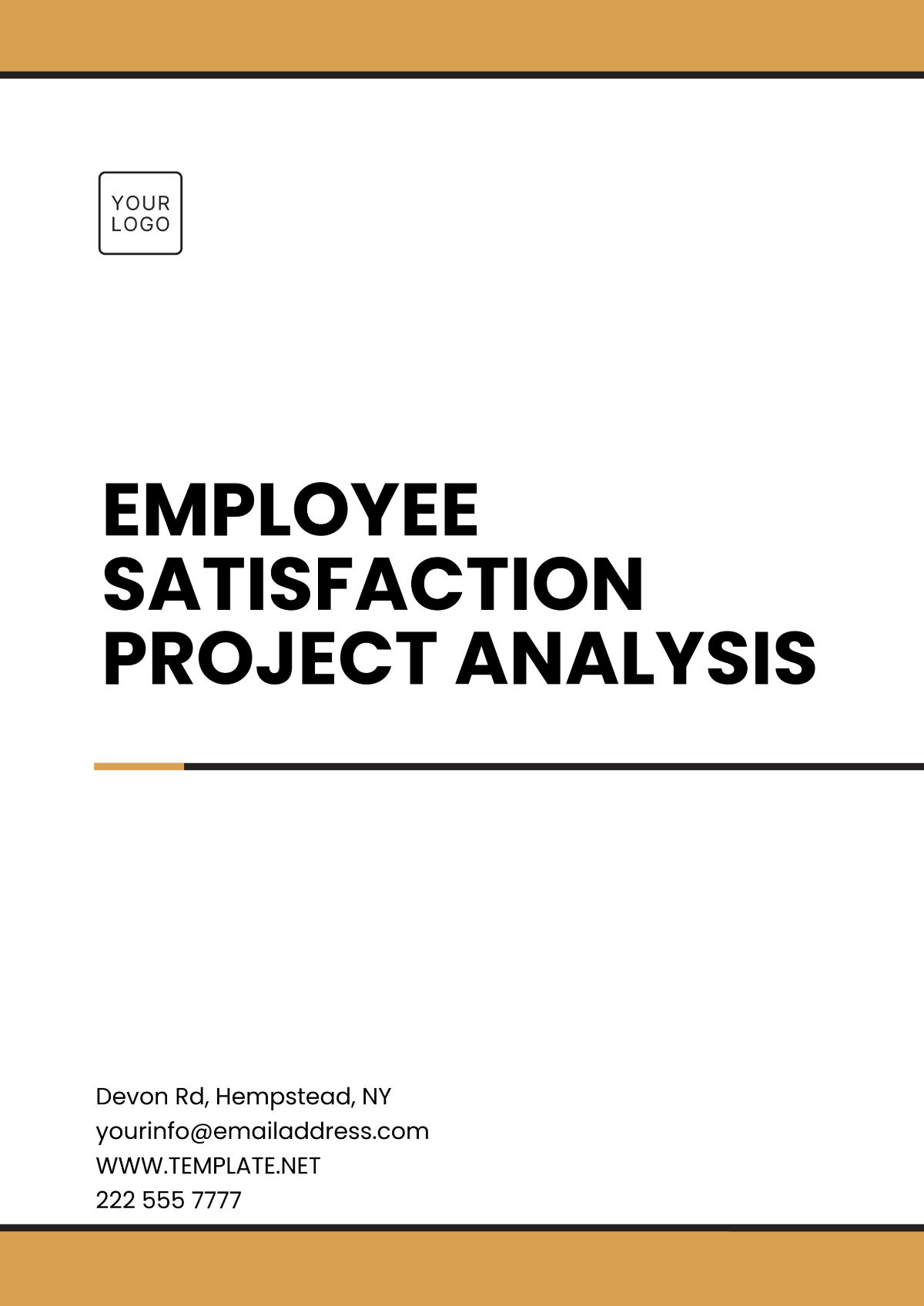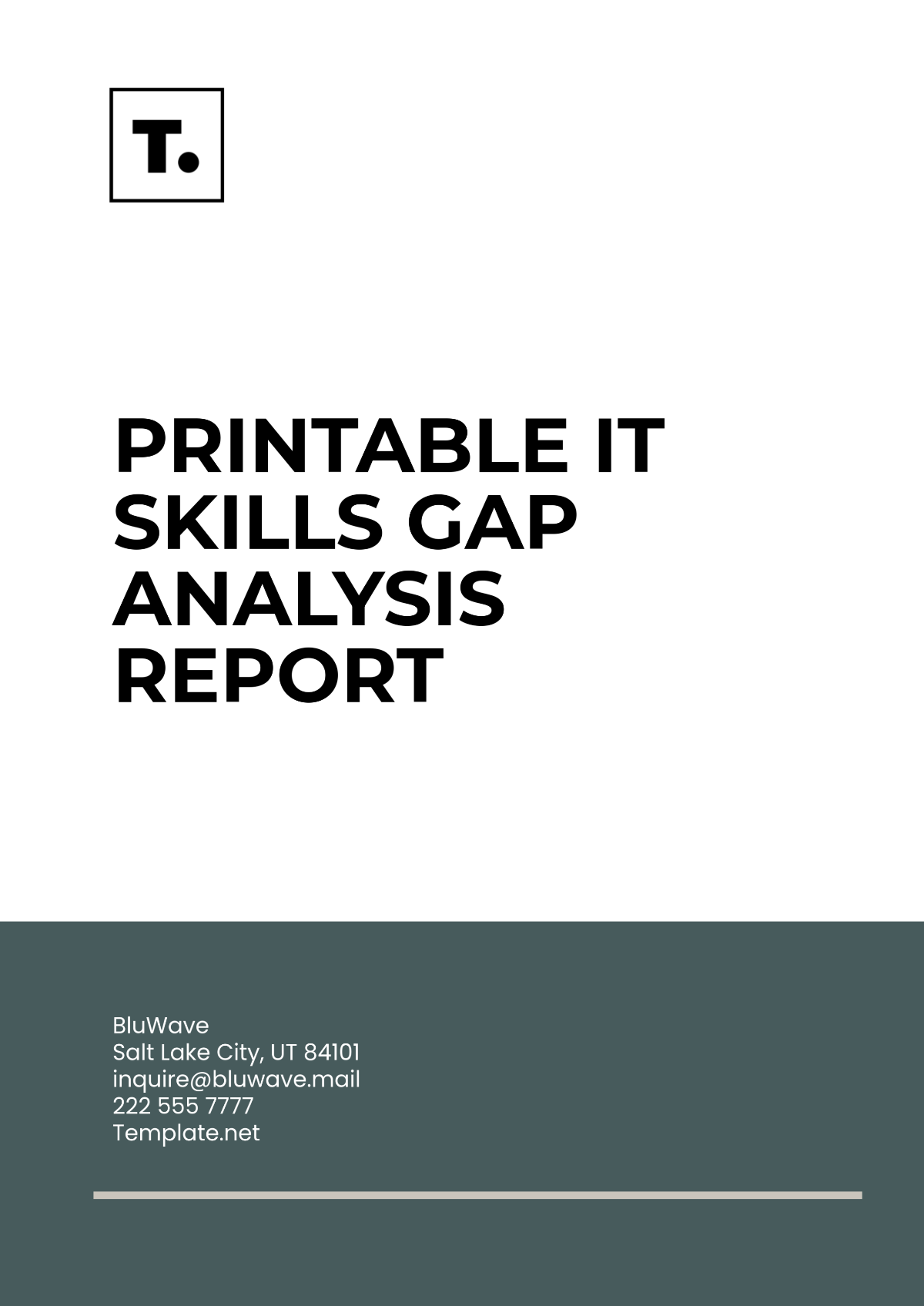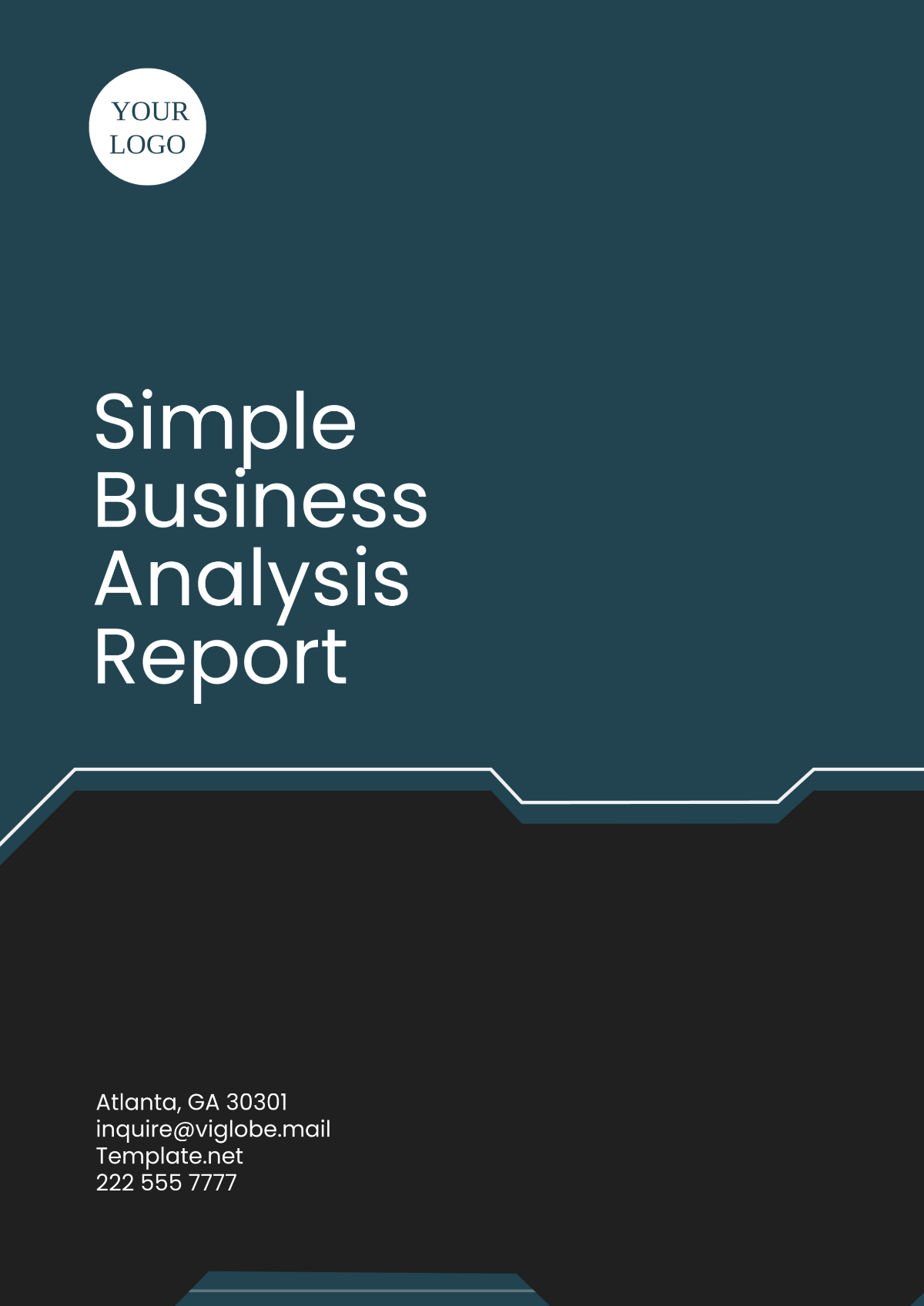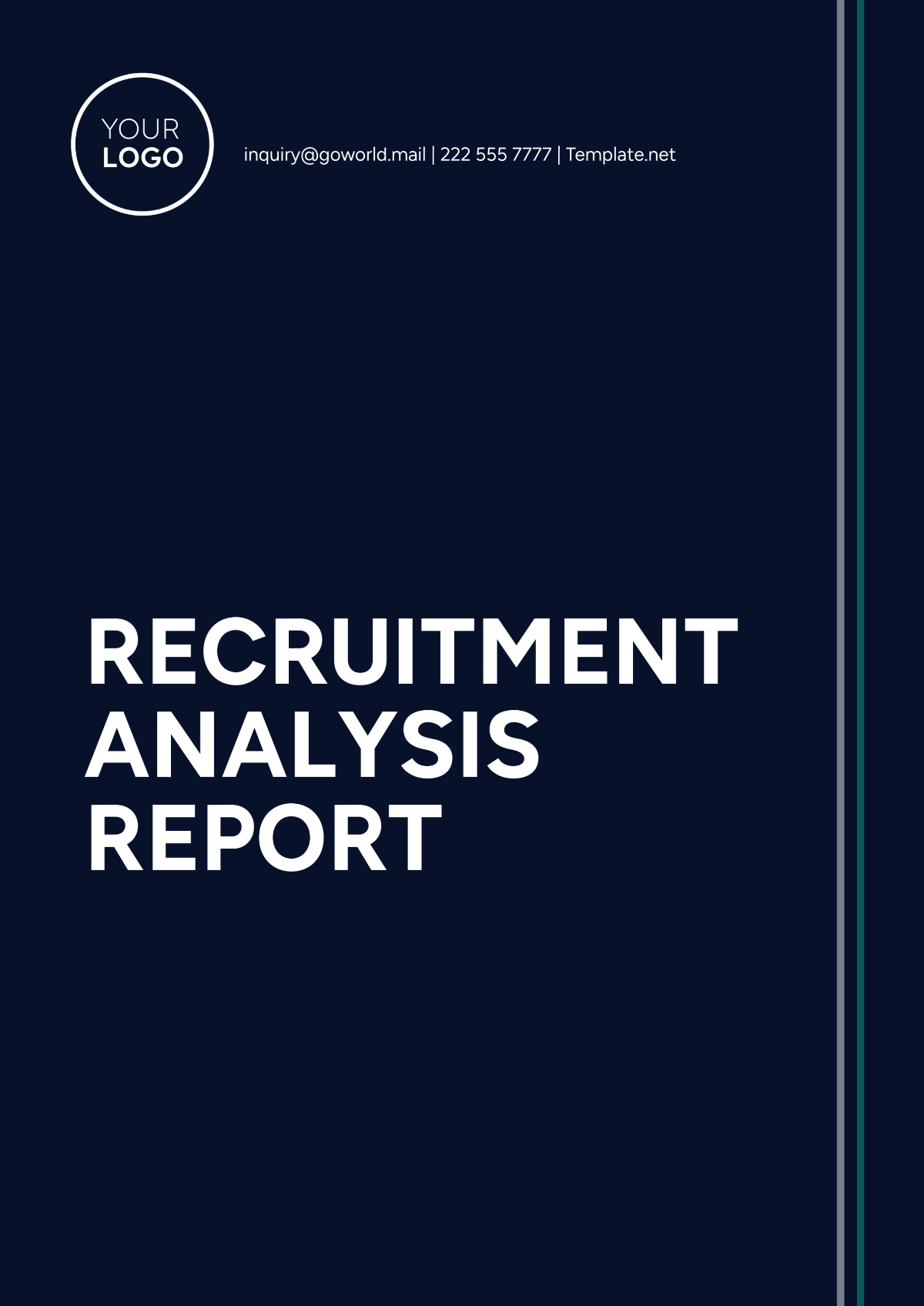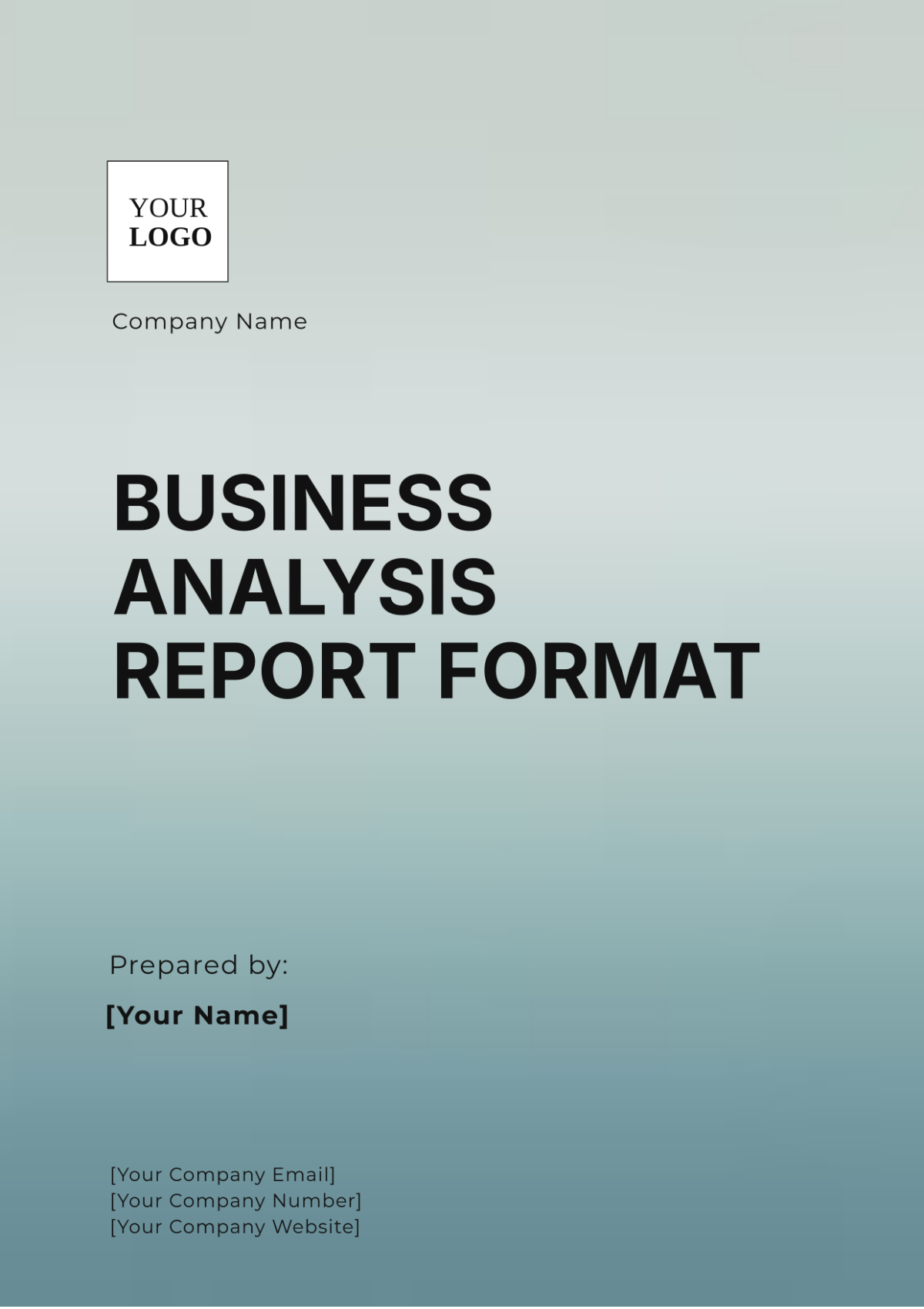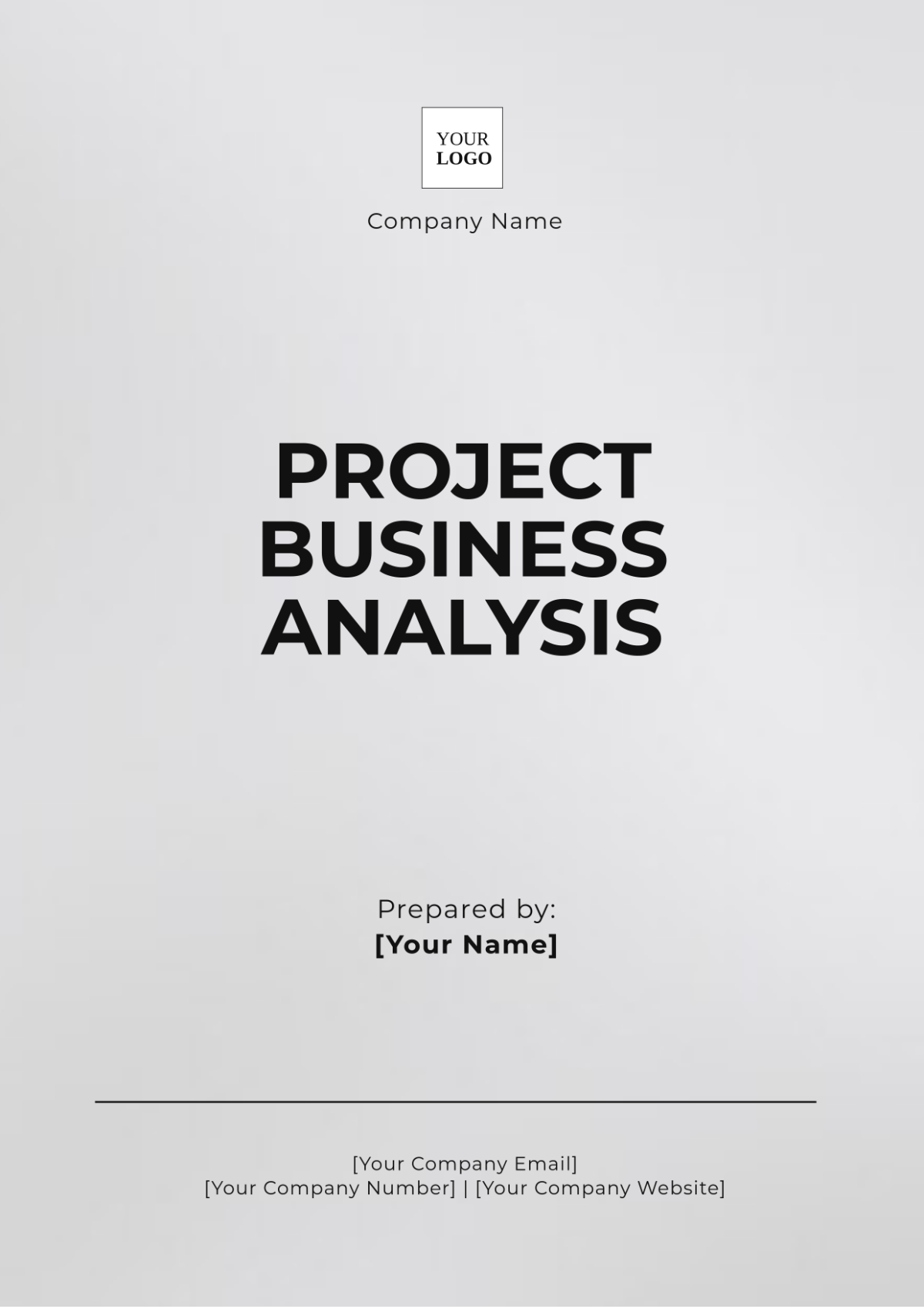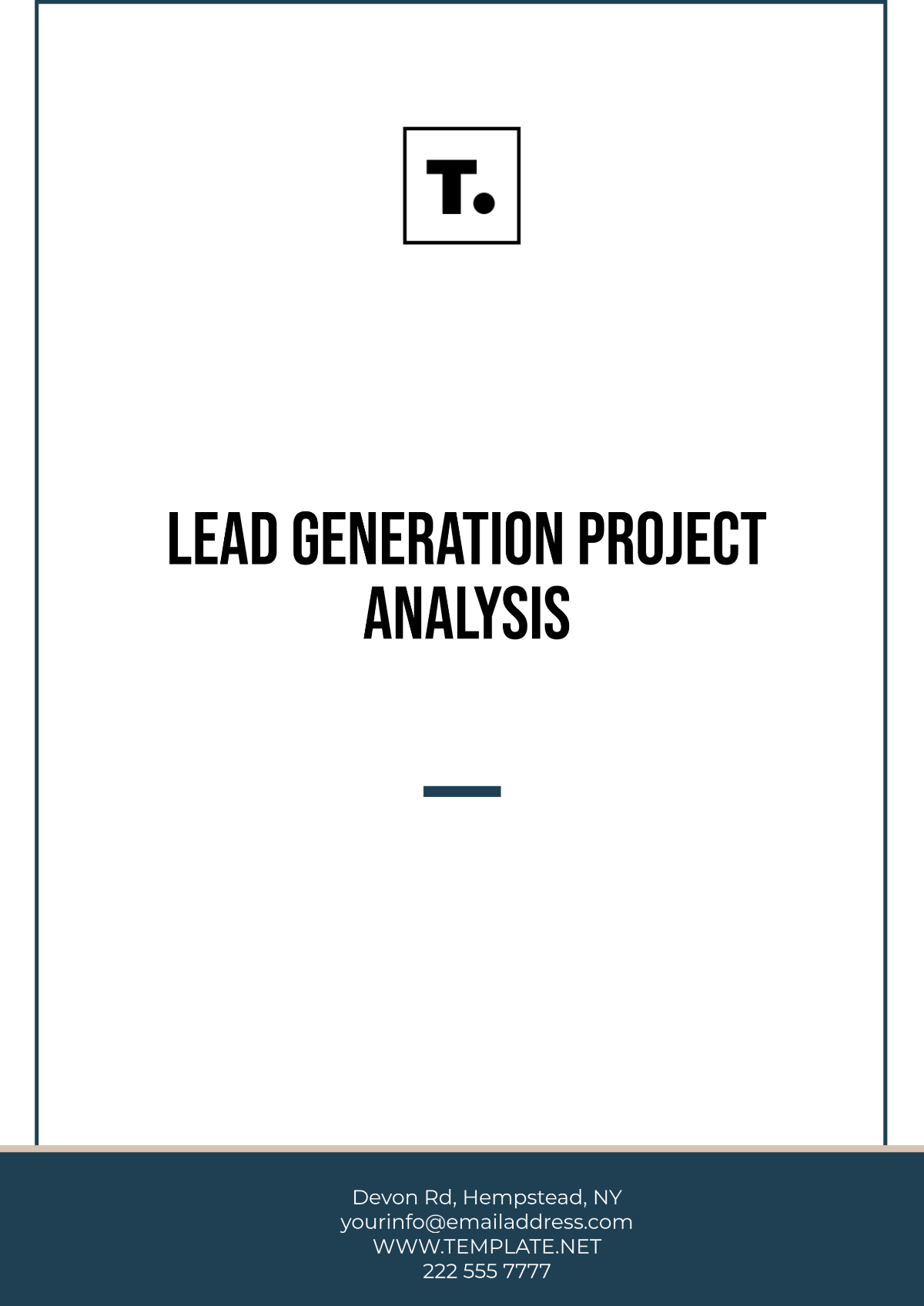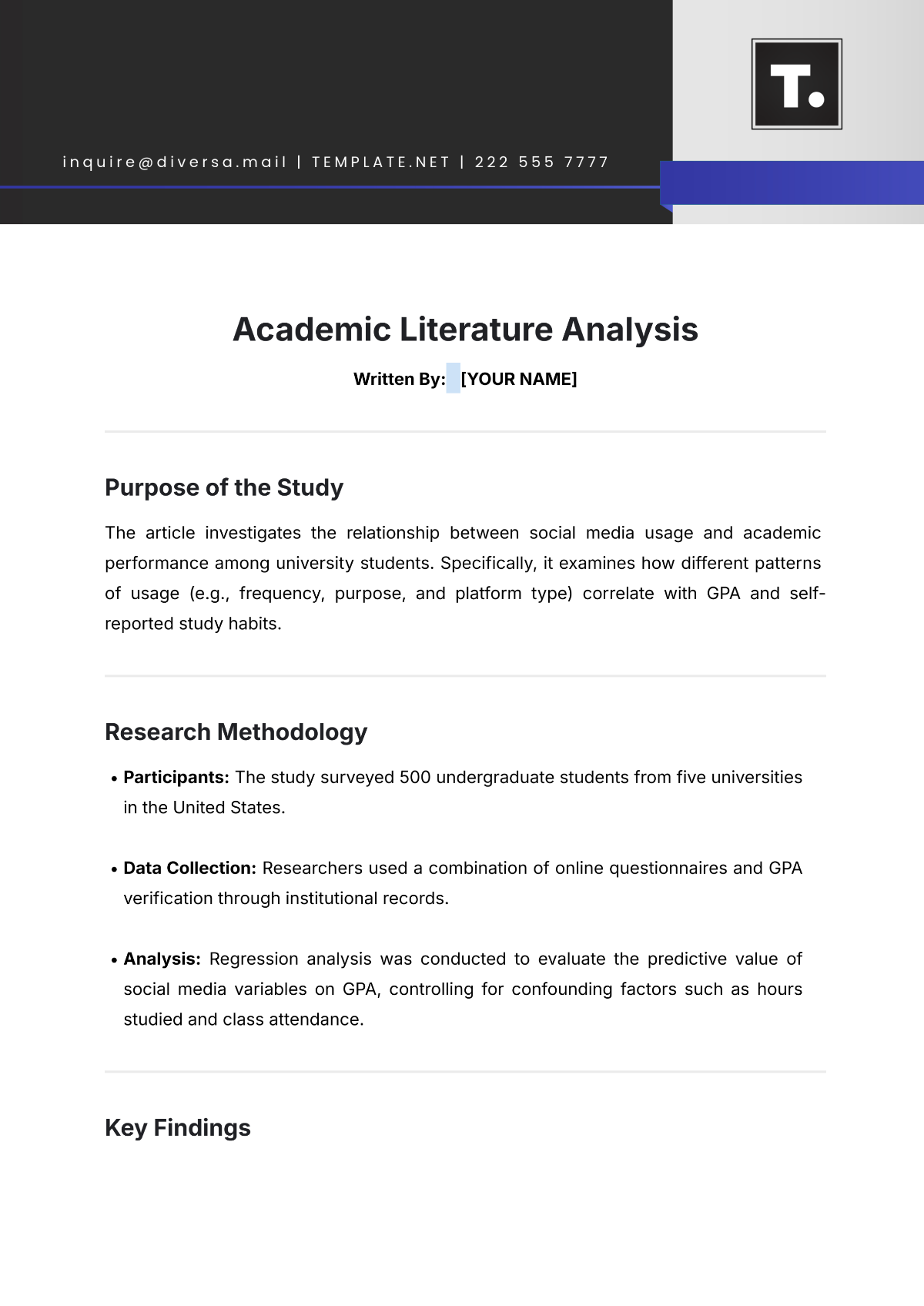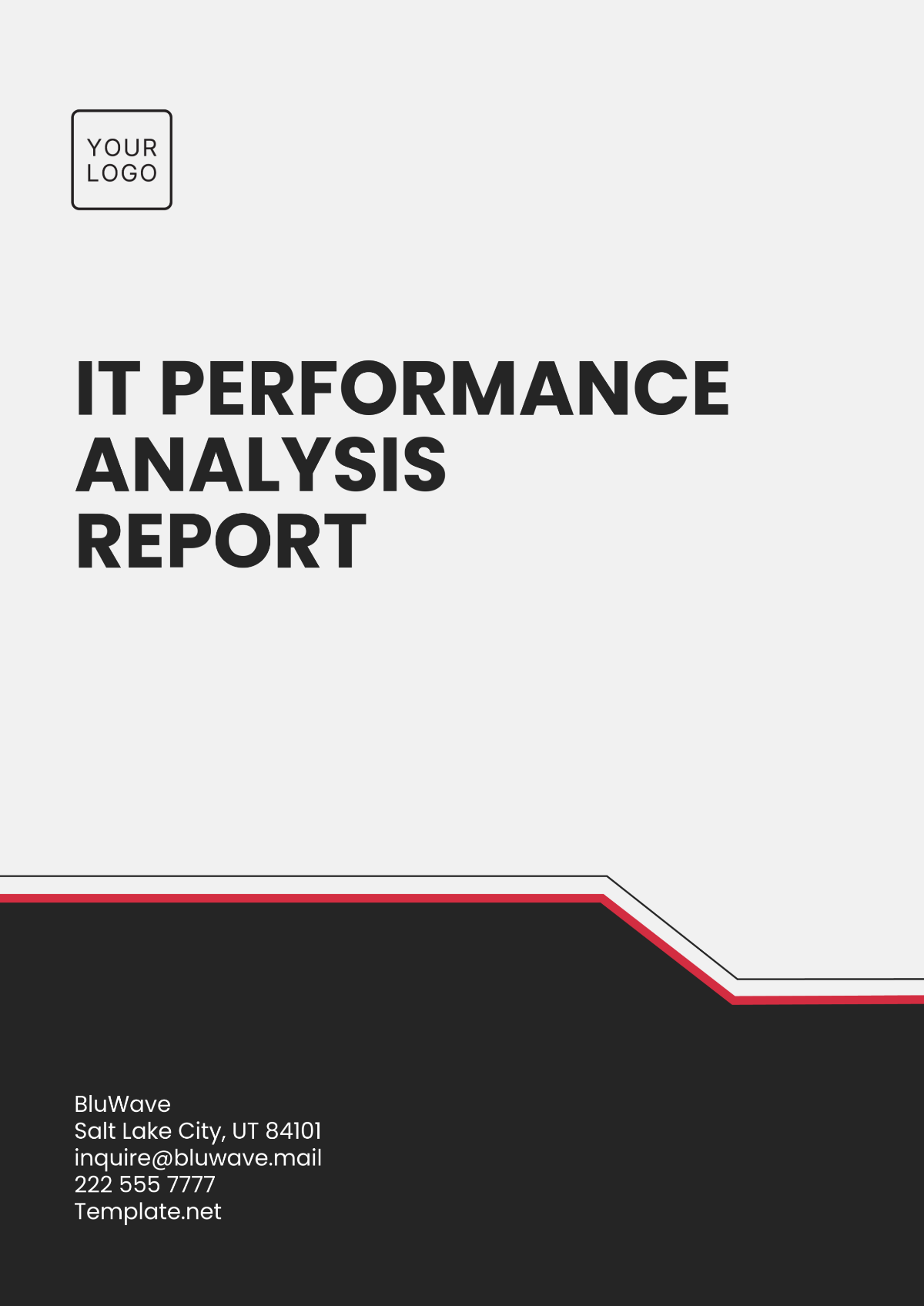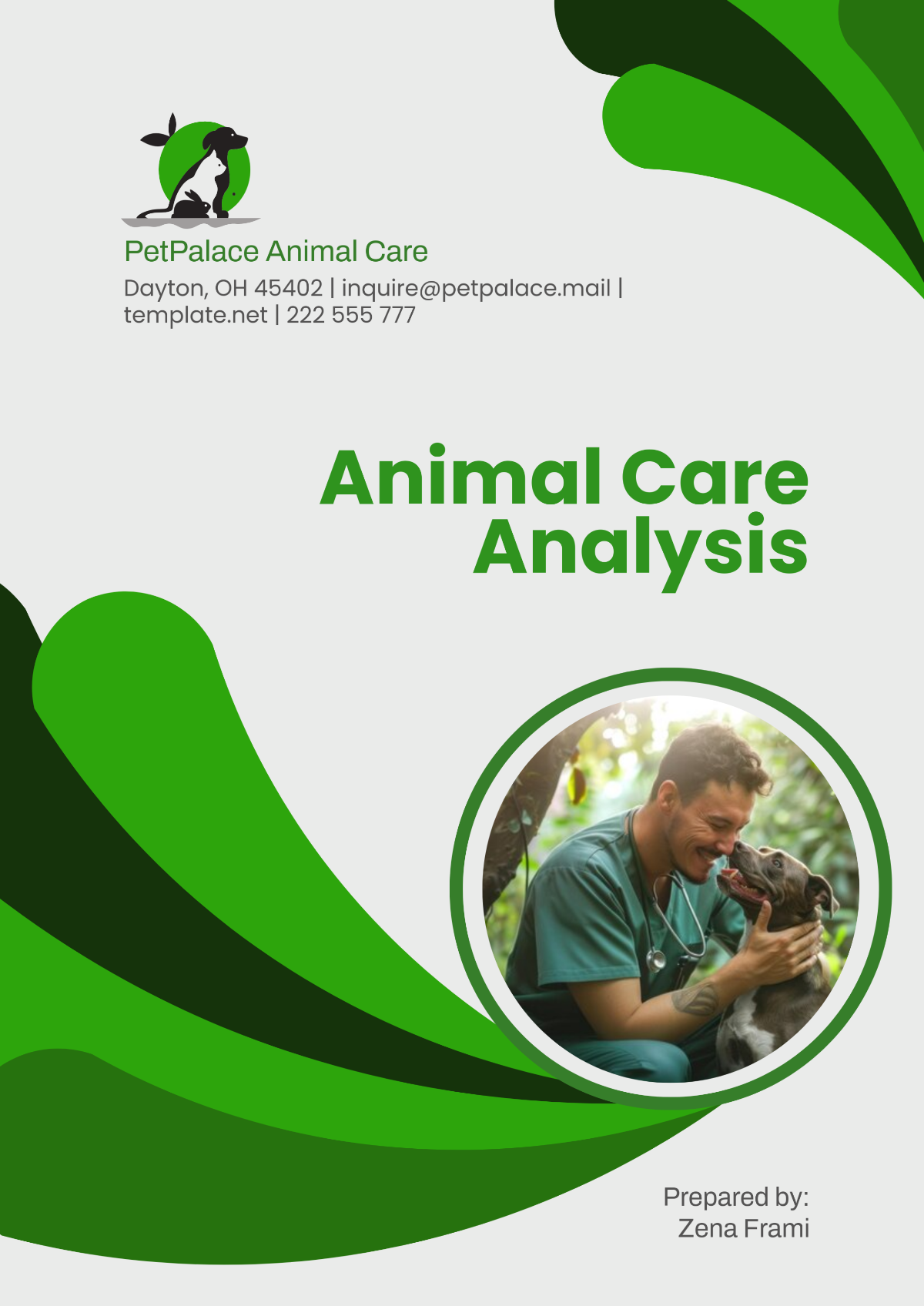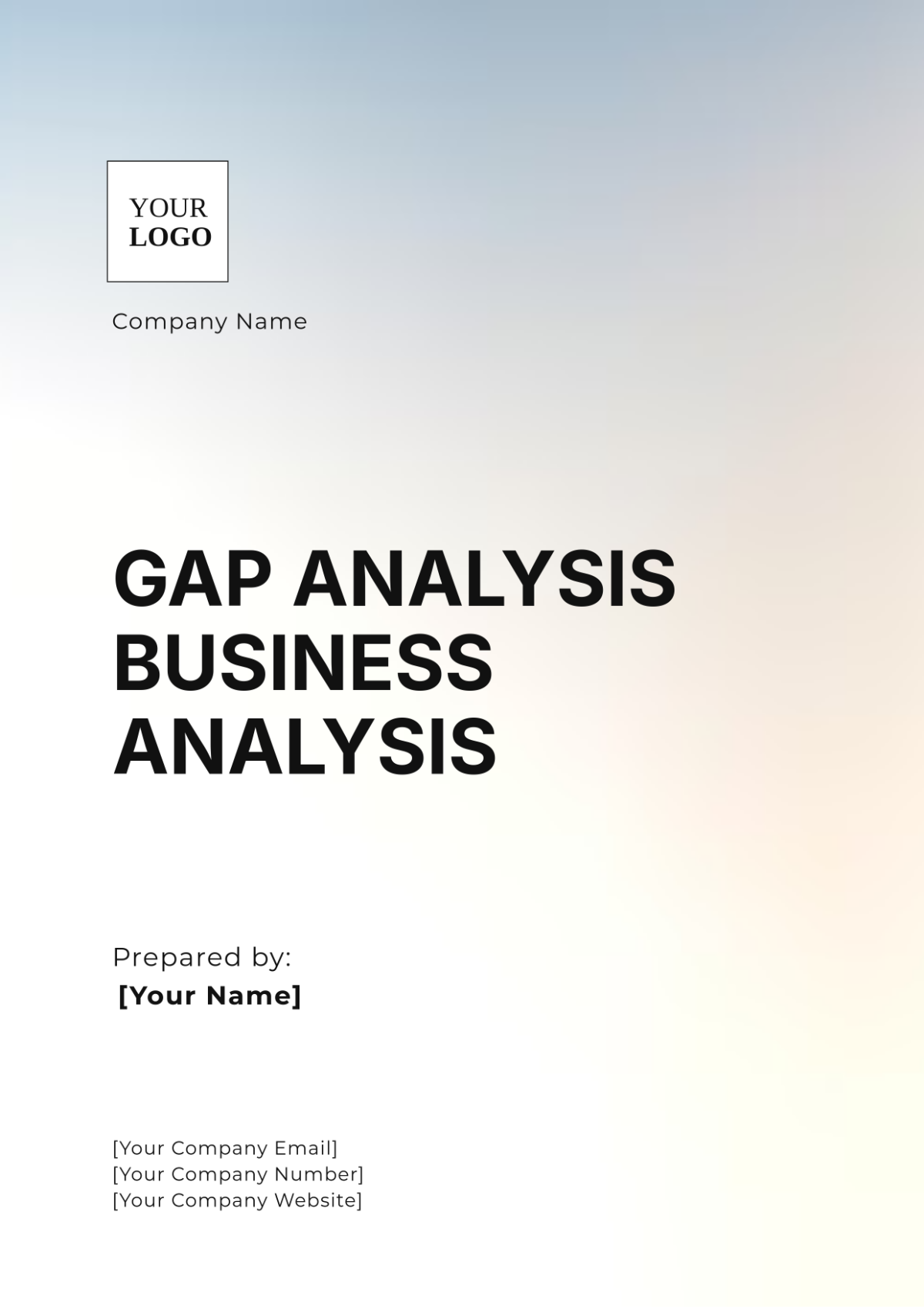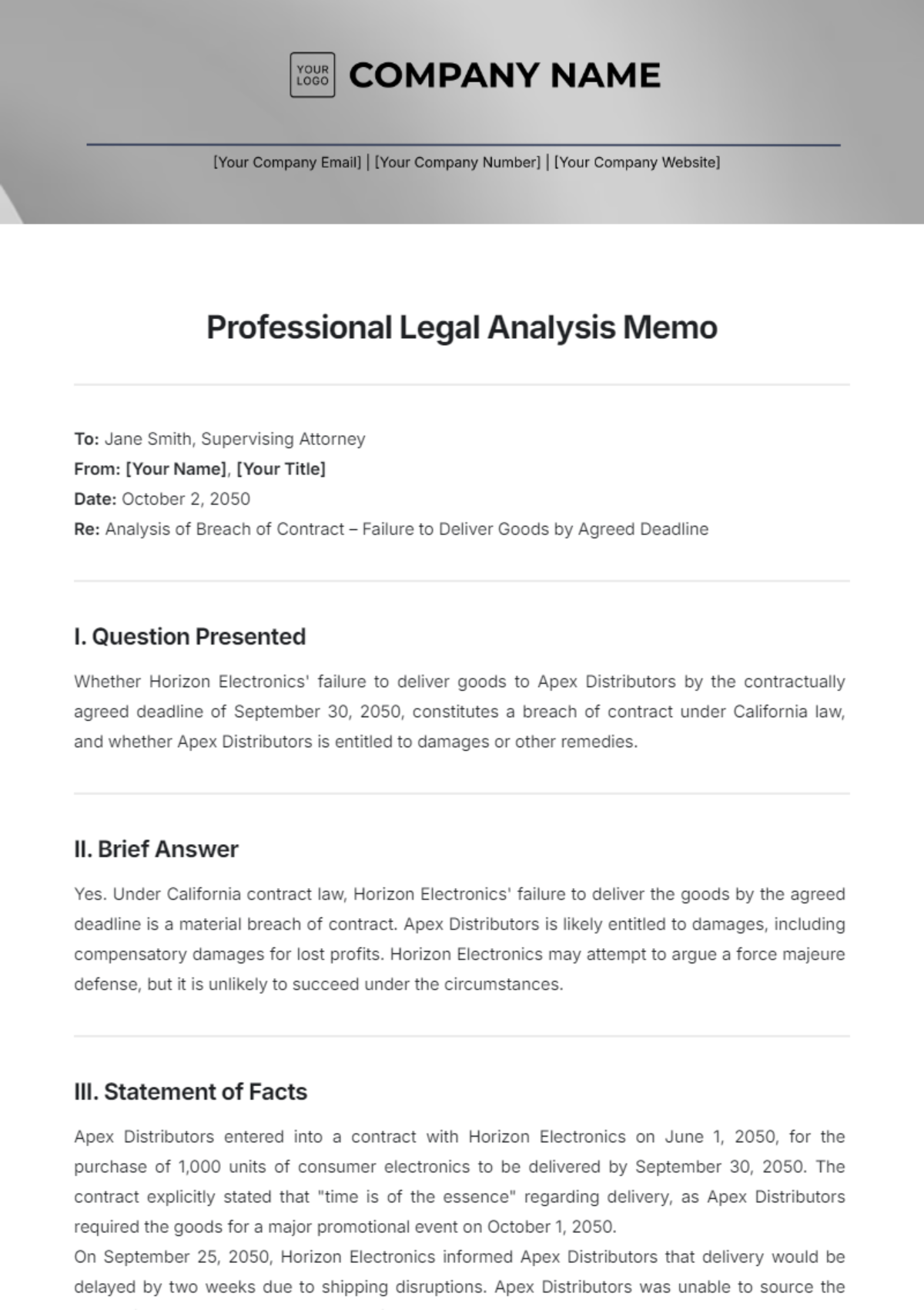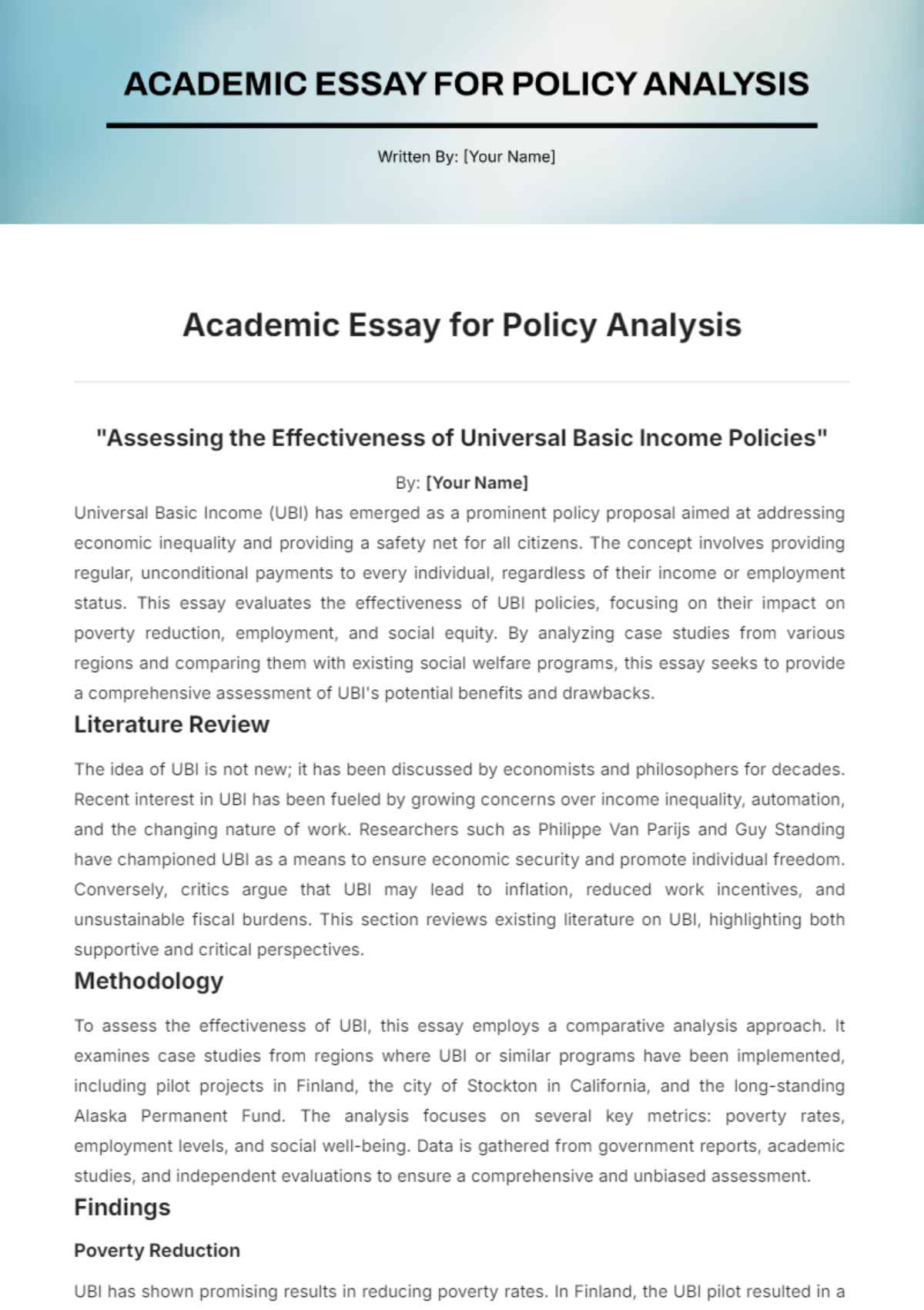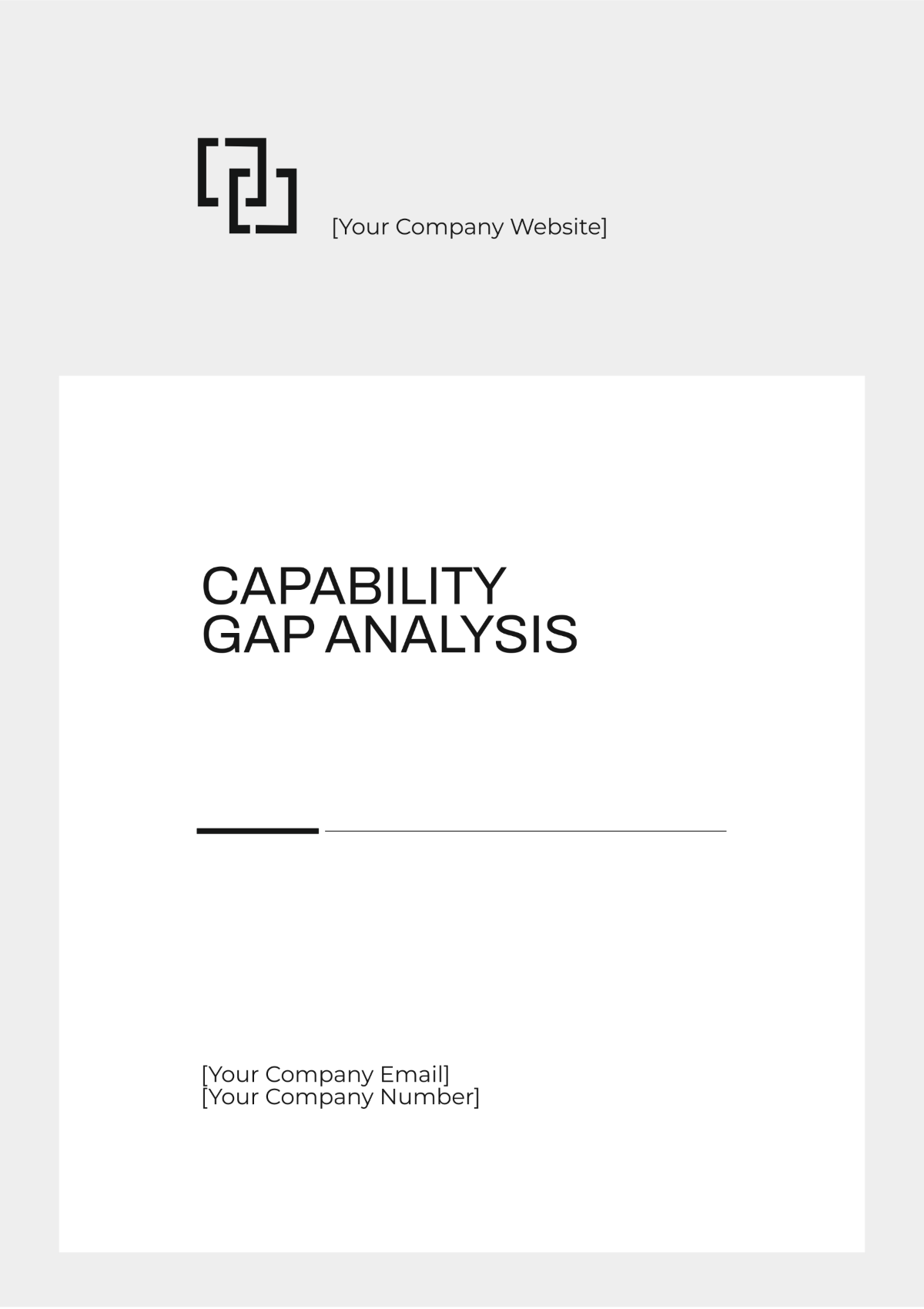Capability Gap Analysis
I. Introduction
The Capability Gap Analysis aims to identify and address the discrepancies between current capabilities and the desired future state within [YOUR COMPANY NAME]. This document will guide the organization in developing strategies to bridge these gaps, ensuring that it is equipped to meet future demands and achieve its strategic objectives by the year 2055 and beyond.
II. Executive Summary
In this section, a brief overview of the key findings, identified gaps, and recommended strategies will be provided. The summary encapsulates the most critical aspects of the analysis, allowing stakeholders to quickly grasp the significant areas that require attention.
A. Key Findings
Gap in Digital Transformation: [YOUR COMPANY NAME] has limited integration of AI-driven tools, which hampers efficiency.
Workforce Skill Discrepancies: The current workforce lacks proficiency in advanced data analytics, necessary for informed decision-making.
Insufficient Leadership Training: There is a notable deficiency in leadership programs tailored to the evolving market dynamics.
B. Recommendations
Investment in AI technologies.
Upskilling programs in data analytics.
Development of comprehensive leadership training initiatives.
III. Current State Assessment
This section provides a detailed examination of the current capabilities within [YOUR COMPANY NAME]. It evaluates existing processes, technologies, and workforce skills to understand the baseline from which the organization is operating.
A. Operational Capabilities
Process Efficiency: Evaluation of current workflows, identifying bottlenecks or inefficiencies.
Technology Utilization: Assessment of the technological tools and platforms currently in use.
Human Resources: Analysis of workforce skills, experience, and capabilities.
B. Strategic Alignment
Mission & Vision: Comparison of current operations with the company’s strategic goals.
Market Position: Assessment of how current capabilities affect [YOUR COMPANY NAME]'s competitive position in the market.
IV. Desired Future State
The Desired Future State outlines the optimal capabilities that [YOUR COMPANY NAME] should aim to achieve by 2055. It serves as a benchmark for identifying the gaps that exist between the current state and future aspirations.
A. Strategic Goals
Digital Leadership: Becoming a leader in AI and digital transformation within the industry.
Enhanced Workforce Proficiency: Cultivating a workforce skilled in advanced technologies and analytics.
Innovative Leadership: Establishing a leadership team that is agile, forward-thinking, and equipped to drive change.
B. Required Capabilities
Advanced Technology Integration: Full deployment of AI and machine learning across all operations.
Comprehensive Training Programs: Development and implementation of ongoing training initiatives.
Leadership Development: Continuous leadership development aligned with future market needs.
V. Gap Identification
This section identifies the gaps between the current state and the desired future state. Each identified gap is detailed with a description of its impact on the organization’s ability to meet its strategic goals.
Gap ID | Current Capability | Desired Capability | Impact | Priority |
|---|---|---|---|---|
1 | Limited AI integration | Full AI deployment | Low operational efficiency | High |
2 | Basic data analytics | Advanced analytics | Poor decision-making | High |
3 | Traditional leadership | Innovative leadership | Lack of agility | Medium |
4 | Reactive market approach | Proactive strategies | Weak competitive position | High |
5 | Limited training | Continuous development | Skills gap | Medium |
VI. Gap Analysis
In this section, each identified gap is analyzed in detail. The analysis includes the root causes of the gap, the potential risks associated with not addressing it, and the opportunities that can be leveraged by closing the gap.
A. Gap 1: Limited AI Integration
Root Cause: Insufficient investment in AI technologies and resistance to change.
Risks: Falling behind competitors, inefficiency, and increased operational costs.
Opportunities: Enhanced efficiency, better data-driven decisions, and innovation.
B. Gap 2: Basic Data Analytics
Root Cause: Lack of expertise and outdated analytical tools.
Risks: Inaccurate forecasts, missed opportunities, and suboptimal strategies.
Opportunities: Improved decision-making, greater insights, and strategic advantages.
VII. Action Plan
This section outlines the specific actions required to bridge the identified gaps. Each action includes a timeline, responsible parties, required resources, and expected outcomes.
Action ID | Gap Addressed | Action Description | Timeline | Responsible Party |
|---|---|---|---|---|
1 | Limited AI Integration | Invest in AI tools and train employees | Q1 2056 | CTO, HR |
2 | Basic Data Analytics | Launch advanced data analytics training | Q2 2056 | Head of Training, CIO |
3 | Leadership Development | Develop a leadership program for innovation | Q3 2056 | CEO, HR |
4 | Proactive Market Strategies | Conduct market research and strategy sessions | Q4 2056 | CMO, Strategy Team |
VIII. Conclusion
The Capability Gap Analysis has identified critical areas where [YOUR COMPANY NAME] must improve to align with its strategic goals for 2055 and beyond. By addressing these gaps through the proposed action plan, [YOUR COMPANY NAME] will strengthen its market position, enhance operational efficiency, and achieve long-term success.















